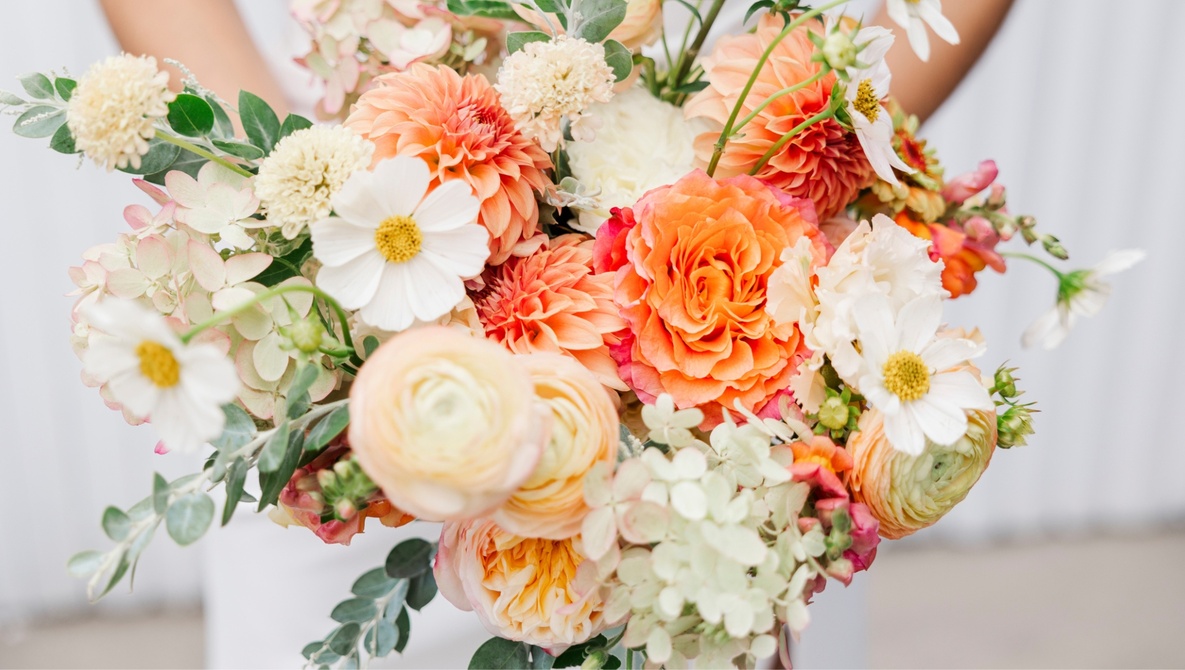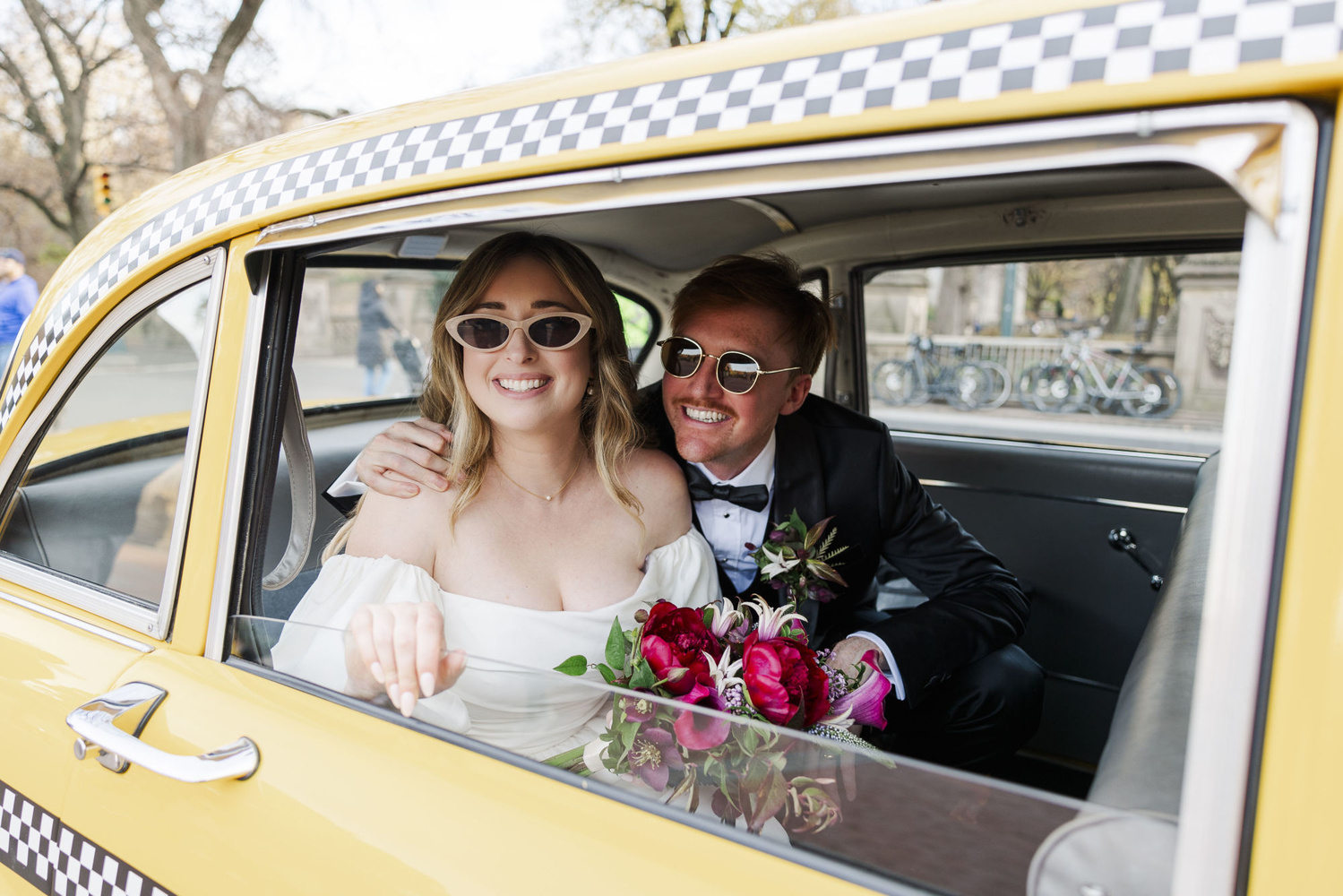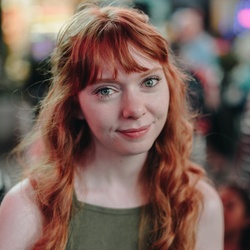In photography, trends come and go faster than you can say “preset pack.” One season, it is all about soft, desaturated tones. The next, everyone is leaning hard into bold, cinematic color grading. But when the dust settles, one thing becomes clear: most clients just want their memories to look the way they remember them.
Your Style Matters, But So Does Your Client’s Perception
As photographers, it is tempting to chase the latest editing trend, especially when it is all over social media. But the truth is, while these styles can be fun and visually striking, they do not always translate to client satisfaction. Over the past few years, there has been a cultural shift toward valuing accuracy and authenticity over hyper-stylized aesthetics. Nowhere was this more evident than in a viral moment the wedding photography community dubbed “Sepiagate.”
What Was 'Sepiagate'?
If you were on TikTok at the time, you probably saw it. A bride posted her wedding gallery online and shared her disappointment that all of her images had been heavily edited with a warm, brownish, almost sepia color palette. To some, the photos looked romantic and moody. But for the couple, the tones felt wrong. Their flowers looked muted, the dresses appeared different in color, and even the bright blue sky from their day had been toned down to match the style.
The Viral Trend That Disrupted Wedding Photography
The post exploded in popularity and sparked a massive conversation among photographers. Many who specialized in rustic or moody edits suddenly found themselves questioning whether their artistic choices were serving their clients as well as they thought. The conversation boiled down to this: beautiful does not always mean accurate, and accuracy matters to most people when it comes to their own memories.
My Own Shift in Editing Style as a Wedding Photographer
When I first went full-time as a wedding photographer, I embraced the warm, slightly desaturated look that dominated Instagram and Pinterest at the time. It was popular, easy to market, and felt like a safe creative choice. But about a year in, I started noticing small cracks in that approach. Clients were happy with their galleries, but now and then they would ask subtle questions. Was their bouquet really that orange? Had the sunset been that muted?
Working With a True-to-Life Approach to Color Editing
I decided to experiment with a true-to-life approach, enhancing tones and contrast without changing the essence of the scene. The difference in client response was immediate. The questions about color accuracy disappeared completely. Instead, I started hearing more excitement about how real and vivid their day felt in the photos. It was not just about the images looking beautiful. They felt true.
Why True-to-Life Resonates With Clients
A wedding is one of the most personal and carefully planned days of someone’s life. Couples spend months choosing exact color palettes, working with florists on specific shades, and curating décor to create a particular look. When editing changes those choices for the sake of style, it can unintentionally strip away some of what made the day theirs.
Natural Tones in Your Photos for Clients
True-to-life color means that the makeup they paid for looks exactly as intended. The bridesmaids’ dresses match what they wore. The décor looks just like they remember seeing it when they walked into the room. Even the sky has the same vibrancy they saw that evening. This accuracy allows them to relive their day exactly as it happened.
The Cultural Shift Toward 'Real'
This movement toward natural editing mirrors a larger cultural change in how we consume visuals. Social media has shifted heavily toward more authentic-feeling content. TikTok, Instagram Reels, and even traditional feeds are filled with behind-the-scenes moments, photo dumps, and unpolished glimpses into daily life.
It Might Be Curated, But It Still Feels Real to the Audience
Of course, as photographers, we know much of this is still curated. But what matters to viewers is how it feels. It feels spontaneous. It feels honest. Overly dramatized color grading can create the opposite effect, reminding the viewer that what they are looking at is a stylized product, not a memory.
When Stylized Color Works
This does not mean there is no room for dramatic editing. Certain clients love it, and certain shoots call for it. Editorial sessions, brand campaigns, and creative portraits can benefit from a strong visual style. If a couple seeks out a photographer specifically for a moody, cinematic approach, then stylized editing is the right fit.
Be Transparent About Your Editing Style
The important part is transparency. If your style involves significantly shifting colors, make sure your portfolio reflects that honestly. Potential clients should see exactly what they will get. This sets expectations and avoids the kind of disappointment that sparked Sepiagate in the first place.
Editing Client Photos for Longevity
One of the biggest advantages of true-to-life editing is its staying power. Trends evolve quickly, and what is stylish now might feel dated in just a few years. Wedding photos are meant to be cherished for decades. A timeless edit will age far more gracefully than a trend-driven one.
Keep the Focus on the Client’s Perspective
True-to-life color keeps the focus on the people, the emotions, and the details. It ensures that the photographs will always feel relevant and connected to the moment they were taken.
Striking the Right Balance
Natural does not mean boring. A skilled photographer can create vibrant, emotionally charged imagery without altering reality. It is about enhancing rather than reinventing. By fine-tuning skin tones, adjusting contrast, and highlighting natural colors, you can give clients something both striking and authentic.
Match the Tone of the Event You’re Capturing
When I edit now, my goal is to match the emotional tone of the day while keeping the visual truth intact. I want my couples to look at their images and feel instantly transported back to that moment, without the distraction of wondering why their bouquet looks different or the sky seems off.
Color Accuracy Often Results in Happier Clients
The Sepiagate conversation was a reminder that wedding photographers are not just artists, but also historians for their clients. We are tasked with preserving moments as they happened, not just reimagining them through our personal style.
True-to-Life Images Sre Timeless, Not Trendy
Stylized editing will always have its place. But for most clients, true-to-life color is the editing style that brings the most joy. It preserves trust. It honors the effort they put into creating their day. And it gives them something they can look at decades from now and still feel like they are right back in that moment.
True-to-life is not just about color accuracy. It is about emotional accuracy. And that is something worth preserving.









True
In my opinion, "style" should be mostly come from how a photo is taken rather than by how it's edited.